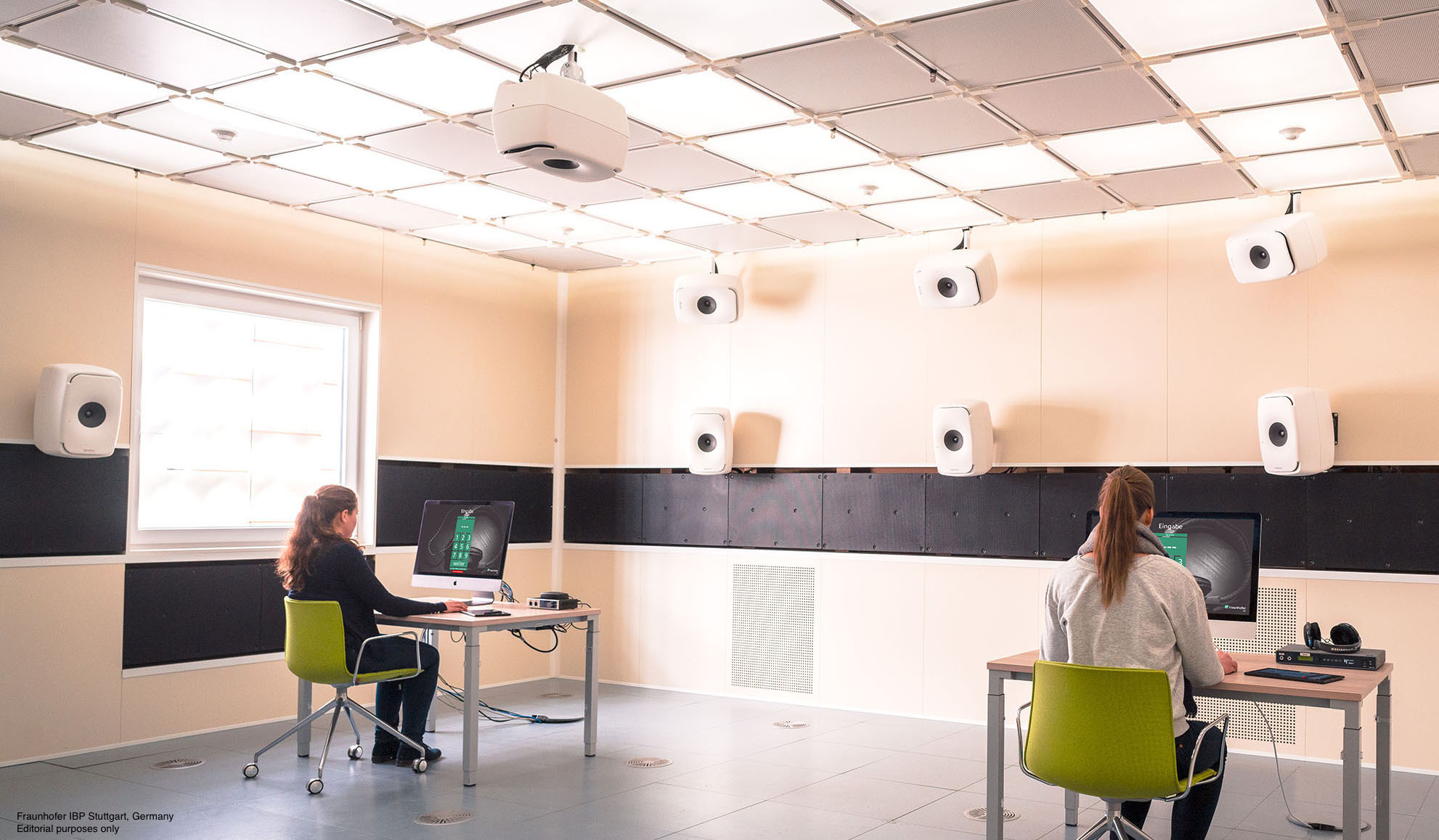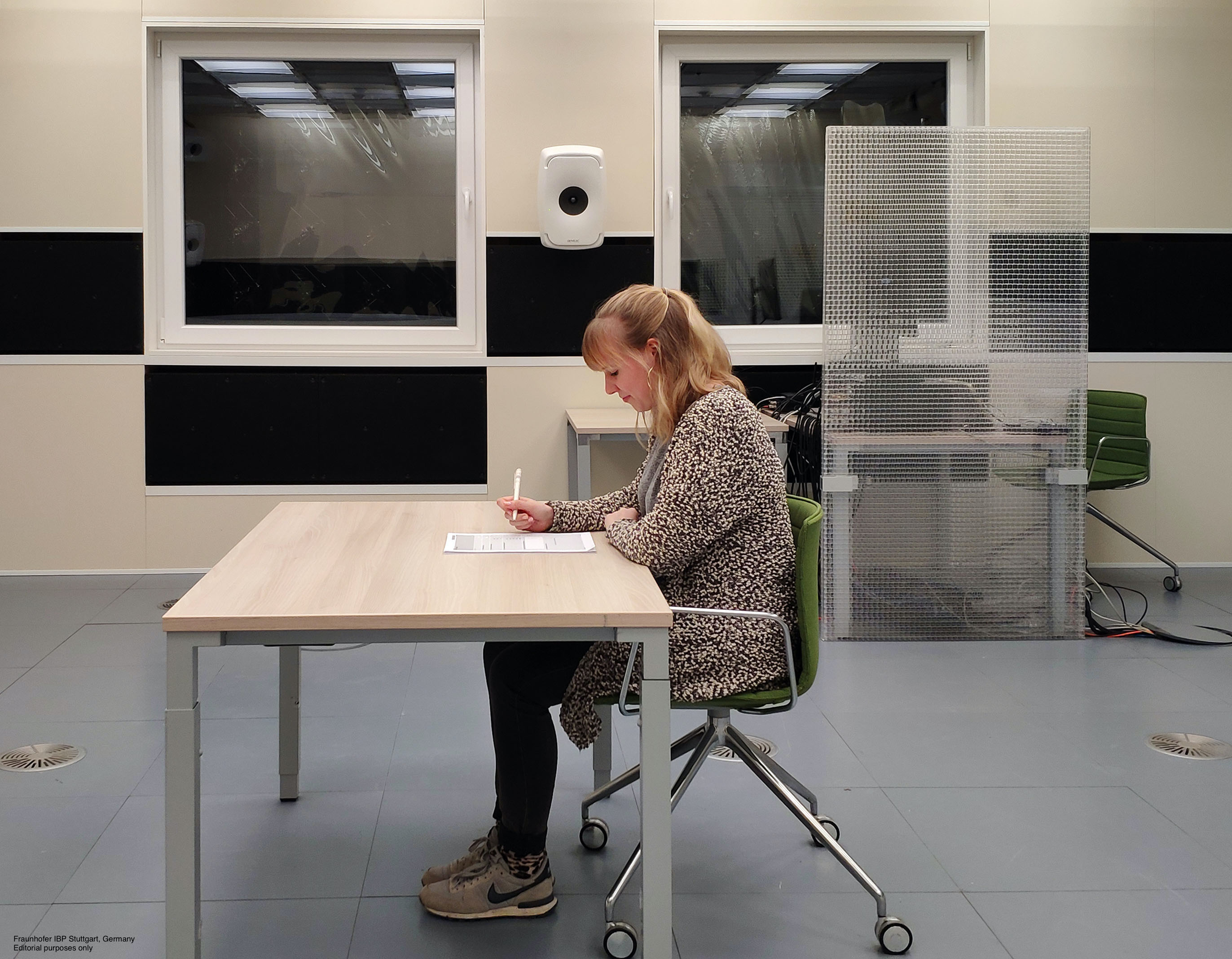A new study conducted by the Fraunhofer Institute for Building Physics (IBP) in Germany showed that full spectrum LED products deliver better visual comfort compared to standard LED products.
Full spectrum LEDs are usually categorized as those emitting light similar in composition to natural sunlight. The soon-to-be published Fraunhofer IBP study incorporated a technical comparison of the LED spectra to daylight spectra, a literature review addressing the effect of light spectra on humans, and a psychological study with 83 persons in an office setting. Each participant was tested for one hour in one of four different lighting settings comparing full spectrum LEDs with conventional LEDs on various aspects such as visual comfort, naturalness, concentration, general glare rating, sleepiness, alertness and glossiness.


(Image: Fraunhofer IBP)
The results proved that participants experienced an improved perception of naturalness (including color, condition and quality) with full spectrum LEDs compared to standard LED products.
Japanese LED manufacturer Nichia has developed a range of proprietary Full Spectrum LED solutions with specific benefits. Its Optisolis™ technology mimics sunlight without producing any ultraviolet light. The products have been applied for lighting fixtures in museums, art galleries and jewelry stores among other retail settings. Meanwhile, its Vitasolis™ products target human centric lighting applications with a color spectrum richer in cyan content to promote greater alertness.
Dr Ulf Meiners, Managing Director at Nichia Germany, said, “There is limited research on the impact of Full Spectrum LEDs on people’s perception, with a focus instead on the psychological effects of natural and artificial light in general. As a pioneer of true daylight white LED emitters, Nichia welcomes the findings from Fraunhofer IBP. We hope new studies are developed to further demonstrate the performance of Full Spectrum LEDs on perception, behavior and health.”













